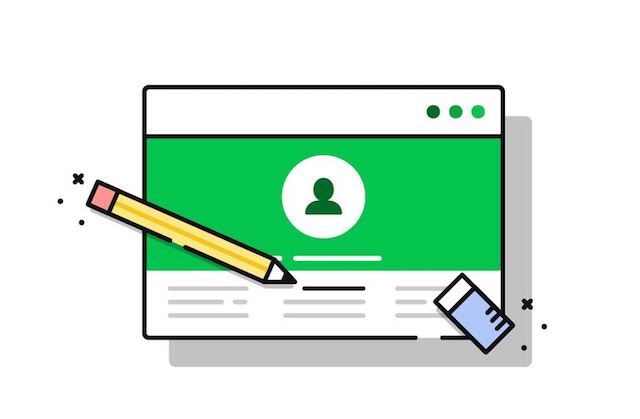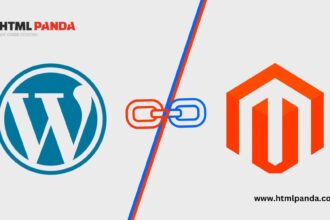Website speed optimization is a scheme that is for developing fast page loading. However, website speed leaves consequences on user activity, site traffic, and ultimately search rankings, so SEO strategy is the best component in the site rating for speed up.

Why is Website Speed Optimization Important?
Website speed optimization can boost site speed because more lasting sites are more appealing to both users and search engines.
Essentially, users demand fast-loading websites. Website users expect a webpage to load as fast as well as shooting. If it doesn’t, many users will abandon the site. According to search engines, the possibility of the users bouncing speed up by:
- 32% suppose the site load time is less than 1-3 seconds
- 90% despite the site load time is less than 1-5 seconds
- 106% consider the site load time is less than 1-6 seconds
- 123% if the site load time is less than 1-10 seconds
When users want to jump off a slow site quickly, there is little chance for the audience with high-quality content or to drive essential improvements, learn more by visiting this link.
How to Improve Website Loading Speed
If you want to recognize that how you can speed up your site if your site is moving too slowly, use these 6 website speed optimization tactics to generate a more user- and SEO-friendly website.
Enable website caching
Website caching properties data momentarily for a web page when a user visits a site for the first time. It will be saving the data, rather than reloading it each time for the user visits, grants the site to fill faster. It depends on your website platform to enable website caching within manual code, general settings, or a WordPress plugin, as well as W3 Total Cache.
Audit your plugins to boost speed
While WordPress plugins add extra functionality to a site as well as reduce development costs, and they can also slow down the speed of your site. You can determine the best plugins that perform complex tasks or are low-quality has development site load times. So, regularly audit your plugins to ensure that you’re only using essential, high-quality tools. You can consider using a tool like Kinsta to scan your WordPress site, observe that how much the processing time for your plugins will be exhausting, and identify problematical plugins.
Minimize the use of HTML, CSS, and JavaScript to boost speed
The more regulations and files you have on a single page, the longer it will load. So, the decreasing amount of HTML, CSS, and JavaScript will speed up site slow loading speeds. In expanding, it is regarding using the accelerated mobile pages (AMP) designed, and it can be developed to minify HTML as well as CSS to make sites load faster. And you can be reworking your code to decrease the number of portfolios and processes.
Compress site files
Another technique to decrease the pull-on devices as your site loading time is by contracting files. When your site files are small and compact, they don’t take as long to load on-site. Gzip is the most prevalent data compression program that can assist with compressing site files to load more immediately.
Reduce the number of redirects to boost speed
Redirects are very useful tools for overseeing the users’ live pages when removing or moving content from your site. But too many redirects can become uncertain. In addition, redirects require additional HTTP requests, which do slow loading speeds. Therefore, the most helpful practices limit the number of redirect links on your site for the best website speed optimization.
Custom optimum graphics formatting
Large graphics can be load very slowly, which will improve overall page load time. However, to guarantee these pages have not bogged down with large graphics optimal, practice an SEO checklist included in the following graphics formatting that is the best system for a good SEO image.
- Take the correct image file kind (JPEG, PNG, GIF, SVG)
- Correctly, size the images so that their dimensions are no more significant than the circumference of your webpage template.
- Utilize a tool like JPEGmini to reduce large photos and graphics and speed up image loading.
- Estimate serving your pictures in nextgen forms like Google’s WebP format. These formats provide better compression but aren’t approved by all browsers, so you’ll need to serve a backup JPEG or PNG transcription of your images.
Conclusion
Monitor your site’s loading times regularly and automatically with Alexa’s semiweekly Site Audit. In addition, we are notifying you of any SEO problems so you will be sure that your site activity is fast enough for the users. The drive resolutions and send rank-boosting signals are more operative as well as helpful for search engines optimization.
To retain a sharp eye on your website for speed up, you can sign up for a free analysis of Alexa’s Advanced the best Plan. In extension, you can get access to our biweekly Site Audit, which reduces site loading times and dozens of other SEO factors. Plus, you can get actionable suggestions for how to develop speed for the site.








